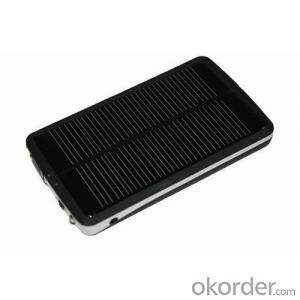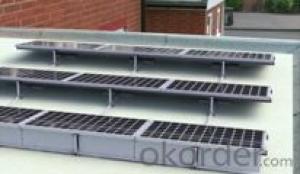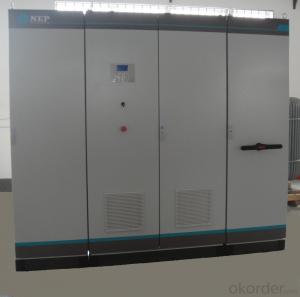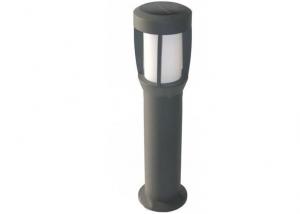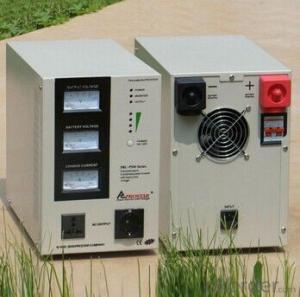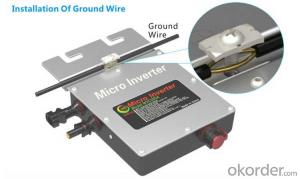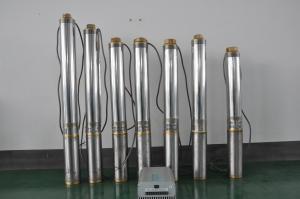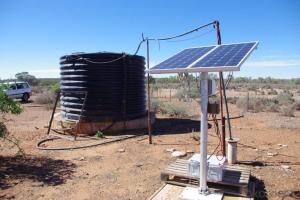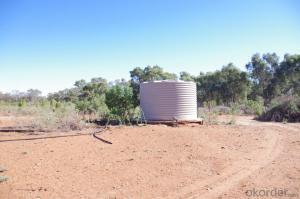Solar Best Inverter
Solar Best Inverter Related Searches
Solar Inverter Best Best Solar Inverter Best Inverter Solar The Best Solar Inverter Best Solar Power Inverter Best Solar Battery Inverter Best Inverter For Solar World Best Solar Inverter Best Inverter For Solar System Top Solar Inverter Best Solar Panel Inverter Best Inverter Solar System Best Inverter Solar Panel Which Solar Inverter Is Best Best Home Solar Inverter Best Inverter For Solar Panels Best Solar Inverter For Home Best Solar Hybrid Inverter Best Solar Inverter Generator Best Solar Pump Inverter Best Solar Inverter 2022 Good Solar Inverter Best Solar Inverter Charger Best Solar Inverter Battery Best Hybrid Solar Inverter Best On Grid Solar Inverter Best Solar Inverter 2019 Best Solar Inverter On Grid Solar Inverter Best Company Best 12v Solar InverterSolar Best Inverter Supplier & Manufacturer from China
Solar Best Inverter is a collection of high-quality solar inverters designed to optimize the performance of solar energy systems. These inverters are engineered to convert the direct current (DC) generated by solar panels into alternating current (AC), which can be used by homes and businesses. They play a crucial role in ensuring that solar energy is efficiently harnessed and utilized, making them an essential component of any solar power setup.The Solar Best Inverter is widely used in various applications, including residential, commercial, and industrial settings. They are particularly useful in scenarios where there is a need to store and utilize solar energy effectively. These inverters can be integrated into both grid-tied and off-grid solar systems, providing flexibility and reliability in energy management. Their robust design and advanced features make them suitable for use in different climates and conditions, ensuring consistent performance and longevity.
Okorder.com is a leading wholesale supplier of Solar Best Inverter, boasting a vast inventory of these essential solar energy components. As a reputable online platform, Okorder.com offers competitive prices, fast shipping, and excellent customer service, making it a go-to destination for businesses and individuals seeking to purchase high-quality solar inverters. With their extensive range of products, Okorder.com caters to the needs of customers worldwide, providing them with the tools necessary to harness the power of the sun efficiently and effectively.
Hot Products








